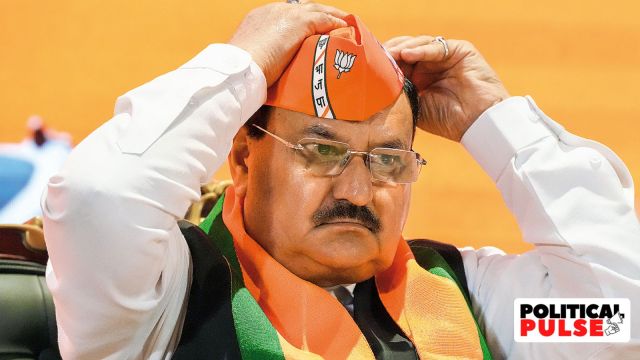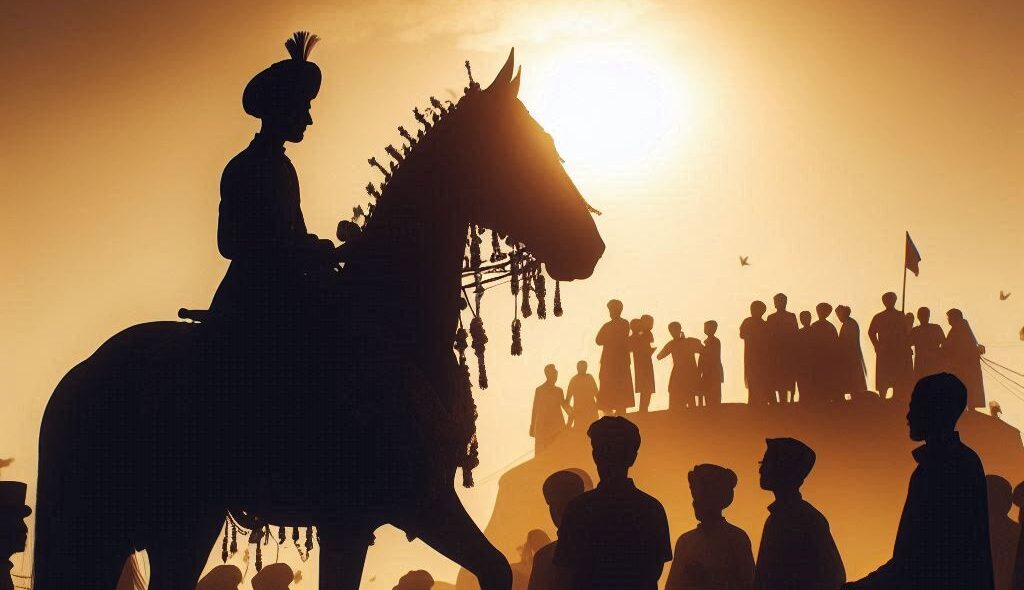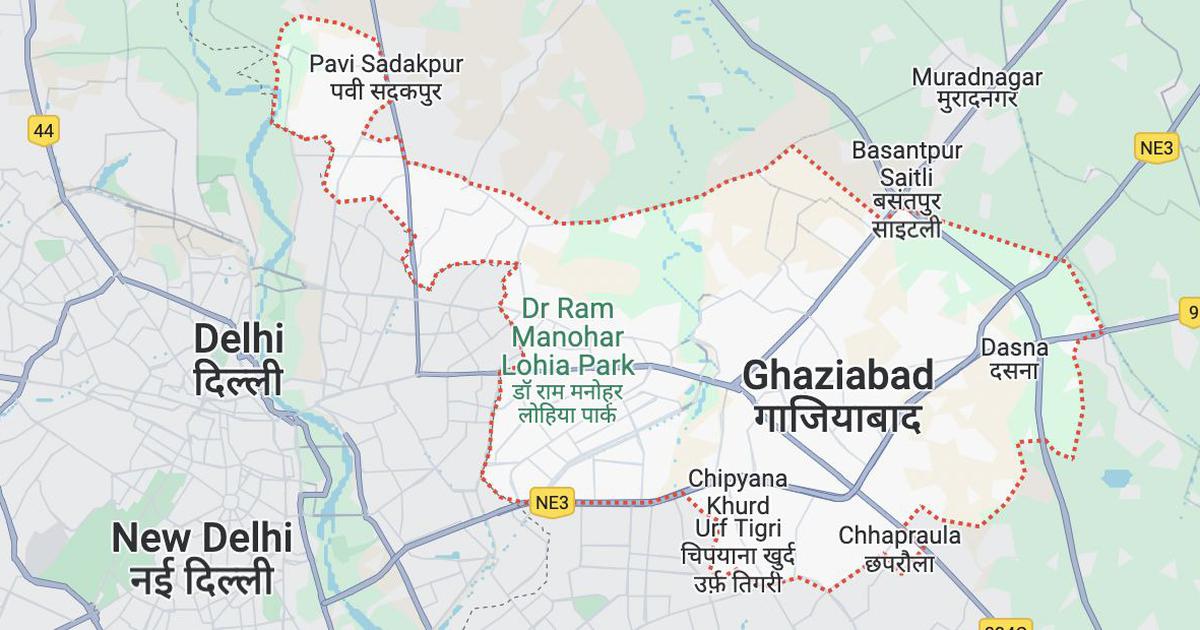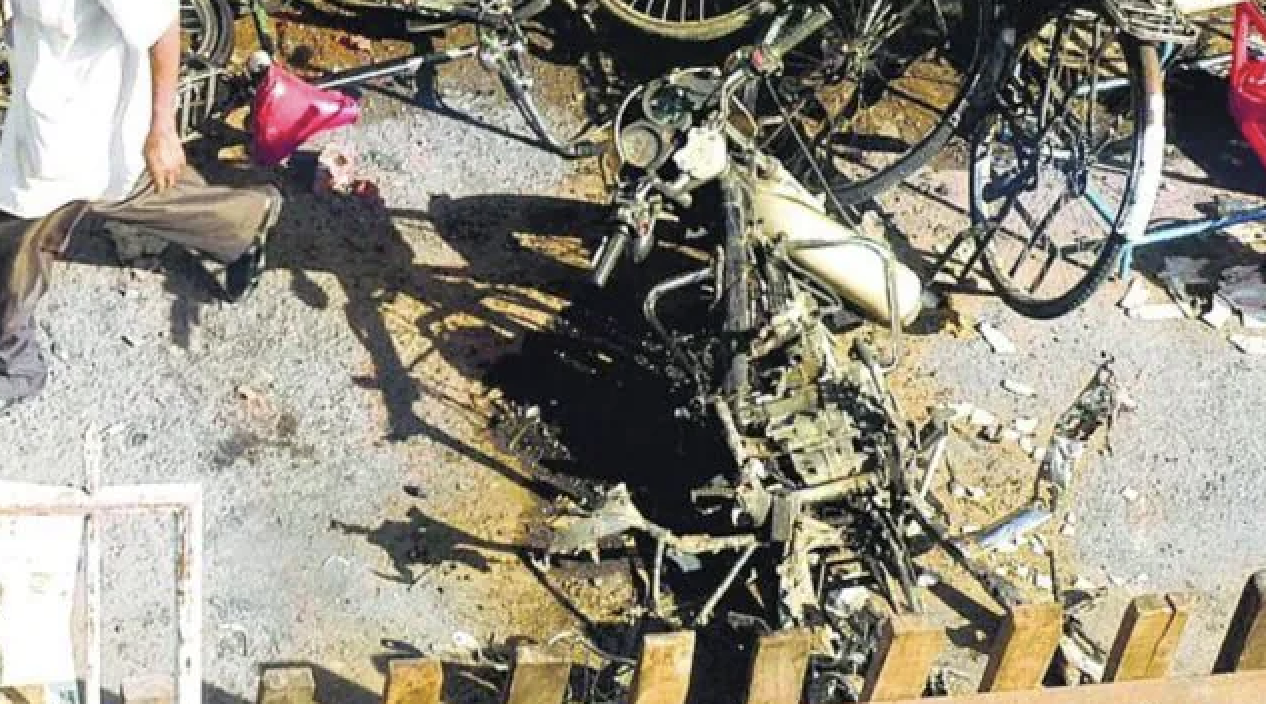By
Gayatri Chakravorty Spivak, the famous professor from Columbia University, calls me from rural West Bengal. She is in Birbhum, where Professor Spivak has started seven elementary schools in the rural parts of the district of nearly four million people. Several years ago, Spivak began the Pares Chandra and Sivani Chakravorty Memorial Literacy Project. The purpose of the exercise was to expand the horizons of young people who derived few benefits from the modern state. Each year, Spivak comes to the schools, interacts with the students and the teachers and ensures that her project maintains vitality.
At the south of Birbhum is one of India’s most famous universities—Shantiniketan, founded by Rabrindranath Tagore on estates that he inherited from his opium-trading family. Tagore, who was a famous poet and intellectual, started Patha Bhavana (School of Ideals) in 1901 to ennoble the best of humanity through free discussion in the open air. Years later—in 1930 – when Tagore returned from the Soviet Union, he wrote to his friend the American heiress Dorothy Payne Whitney about Soviet education. The reforms Tagore saw in the Soviet Union did not come from the expenditure of ‘unlimited wealth,’ he wrote, but by ‘indomitable energy and resourceful intelligence.’ It was this that Tagore wanted to harness for the university that became Vishwa-Bharati, the world in India and India in the world.
Spivak’s project is more modest, but it is not less ambitious in what it wants for its students—not merely literacy, but the freedom to expand the imagination. She wants that indomitable energy and resourceful intelligence to govern her schools.
Concern defines Spivak’s comments on the phone. She is worried about the growth of right-wing schools in India. These schools, she says, not only “kill the imagination,” but they also—most dangerously—produce a “genocidal nature” amongst the vulnerable students. In Birbhum itself, Spivak counts three hundred to five hundred such right-wing schools. In West Bengal, a state of ninety-two million people, there are two thousand seven hundred right-wing schools. Across India, there are fifty-seven thousand such schools. They are not spread out evenly, but are designed to target areas inhabited by adivasis or tribals—those whose well-being has been neglected by the Indian Republic, and those who the Right has long seen as potential cannon fodder for its armies. Santhals, a tribal community, form a considerable part of Birbhum’s rural areas. They are a target of the Right.
The Bharatiya Janata Party (BJP), which currently rules the Indian state, came to power on the basis of a massive octopus-like network. Part of that network includes its schools, run by Vanvasi Kalyan Kendra (VKK) and Ekal Vidyalaya. Both the VKK and Ekal build schools, hire locals to teach in them, and builds a local committee to run these schools. On the surface, this is just as education should be—local teachers, local control. But this is a façade, as false as the websites set up by both these organizations. In reality, as Spivak notes, these schools are controlled by the BJP and they preach the gospel of Hindutva—the bilious ideology of the ruling party. What is Hindutva? It is a suffocating idea that argues against the complexity of Indian civilization. It makes the claim that non-Hindus are foreigners and that “race pride” amongst Hindus should be developed. Such a curriculum is the opposite of what is taught at Spivak’s schools and indeed at the university set up by Tagore. This is surely the suffocation of the imagination.
As Spivak described the schools, I recalled seeing them about twenty years ago in the tribal areas of central India where they are legion. One of the main targets here are the tribals who had converted to Christianity, and whom the Hindutva Right wants to bring home (ghar wapsi) to Hinduism. A similar agenda had been put into motion in Gujarat, the state of India’s Prime Minister Narendra Modi. Here, Modi’s adjutant Swami Aseemanand moved into the Dangs region to convert Christian tribals to Hinduism and to drive a hard anti-Muslim and anti-Christian agenda. He told the tribals that their own deity—Vanardeva—was actually the Mahabharata’s Hanuman. They drew on their networks of cash and influence to build large Hanuman temples and destroy the older tribal shrines for Vanardeva. In 2006, the People’s Union for Civil Liberties pointed out that these organizations “targeted the tribal belts of the country to see that adivasis lose their identity, culture and traditions of worshipping nature by asserting that they are Hindus.” But loss of identity is only the start of the Hindutva Right’s agenda.
Aseemanand’s minions vigilantly (and violently) made sure to drive out Vanardeva and to prevent fraternization between the young tribals and Muslims. The violence is a central part of the agenda. Aseemanand would later admit to being part of a terrorist network that bombed trains—he would tell an Indian newsmagazine that he had taken his orders from the leadership of the Hindutva Right. It was incendiary stuff. He is currently in prison, but his allegations have been put into cold storage. These are the kinds of people who are active in the Hindutva web. The Justice Tewatia Commission on the 2002 anti-Muslim riots in Gujarat pointed out that “earlier in Gujarat, tribals never got involved in the Hindu-Muslim riots.” This time considerable numbers of tribals participated in the riots, killing Muslims in rural areas.
Spivak is correct to be worried. In Birbhum, the VKK and Ekal schools have gone after the traditions of the Santhals. They argue that the Santhals god—Marang Guru (God of the Mountains – is actually Shiva, and that the Santhals should not see themselves as independent but as part of Hinduism and within the Hindutva fold. Last year, Santhal Christians converted to Hinduism in a public ceremony. Journalist Sohini Chattopadhyay visited a VKK school in Birbhum. She met Mohitosh Gole, the head of the eastern wing of the VKK. He was forthright with his prejudices. “Wherever there are Christians, there are anti-national activities,” he told Chattopadhyay. “And wherever Muslims are the majority community there are problems—social problems.” The schools make “students aware of these things.” There is an edge to his stories. “A Muslim will come to your house and you feed him, give them a room to stay, and then next day, they marry your daughter.” Such fear-mongering is commonplace. It produces a toxic social environment, one of fear and resentment. There is no expansion of the imagination in this world.
These schools are the infrastructure of the Right. They set up shop, teach their narrow and dangerous ideology, use modest amounts of money to build support through social services and then convert this into political power. In both Gujarat and in central India, the long-term work of the Right has now delivered these regions to them. Older nationalist and leftist parties have fallen by the wayside. When one asks, how did the land of Gandhi (Gujarat) become the laboratory for the Hindutva Right, the answer lies —partly—in this educational infrastructure.
Spivak fears for the future of West Bengal, which had been the bulwark against the Hindutva Right. These tentacles of violence, she says, will eventually undermine the political culture of West Bengal. “If West Bengal falls to the BJP,” she says, “then the movement in India against democracy will be completely dead.” What is needed, she says, is a movement. “If West Bengal goes,” Spivak says, “India will go.”
This story is first appeared on alternet.org






